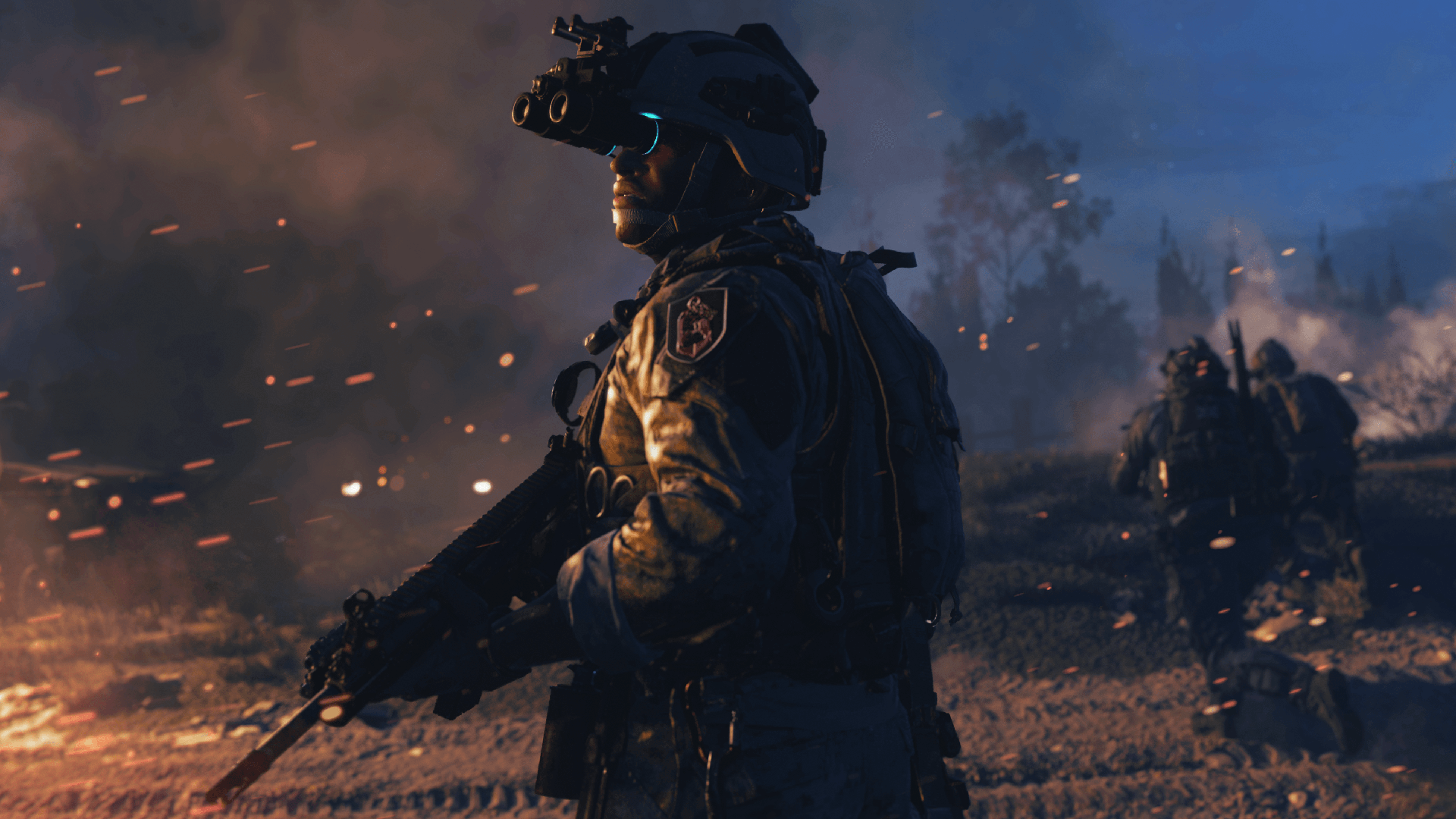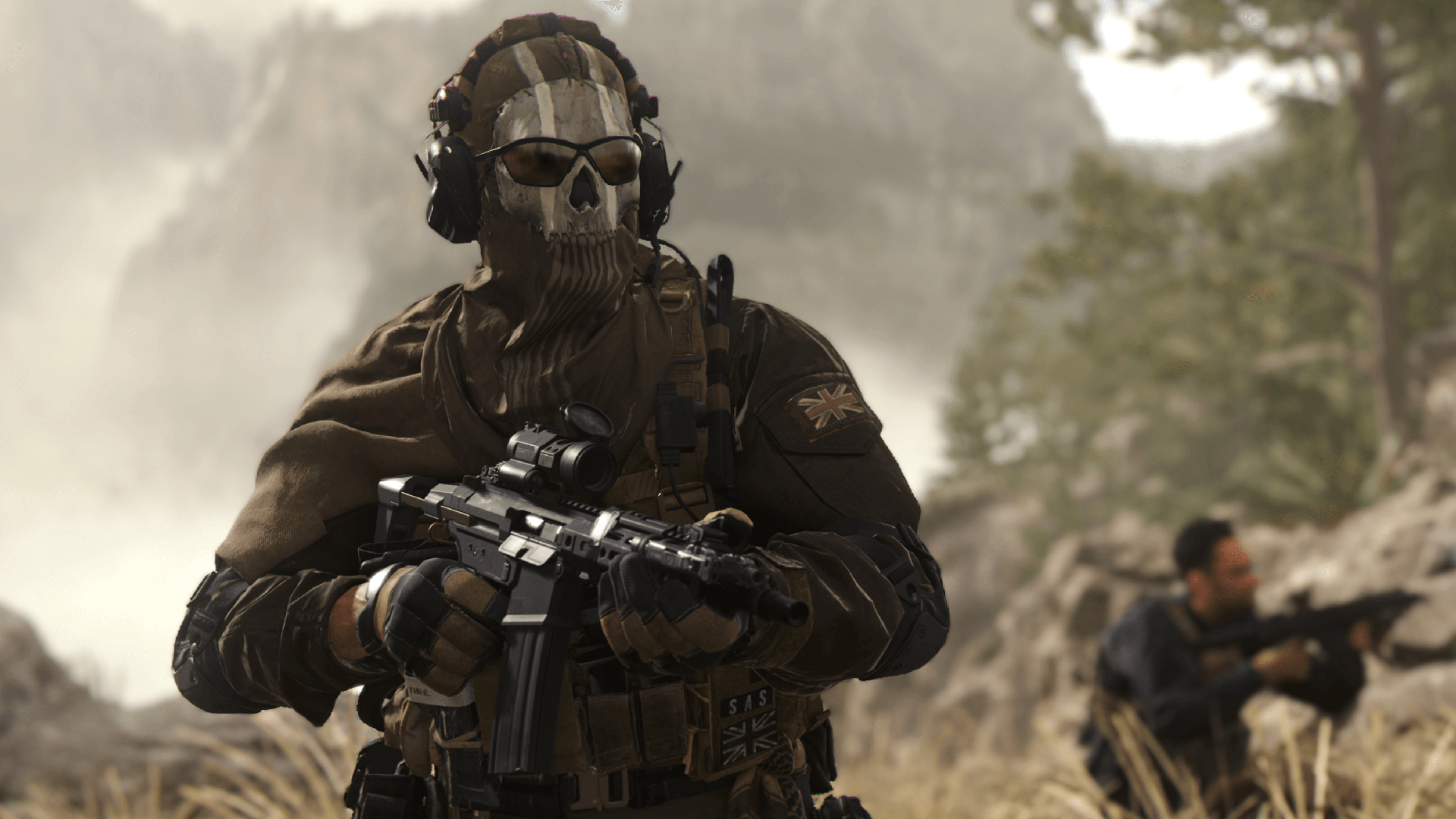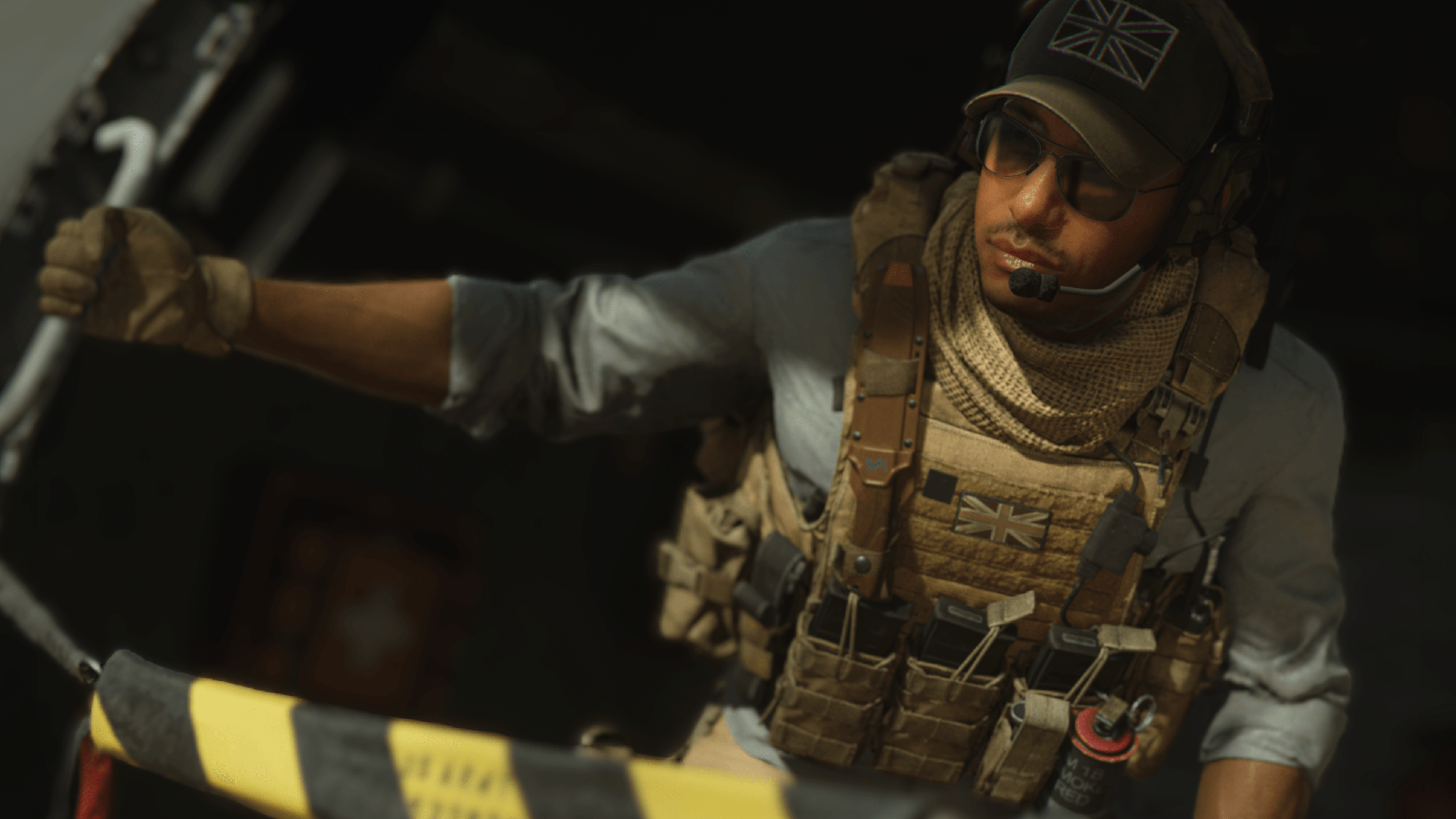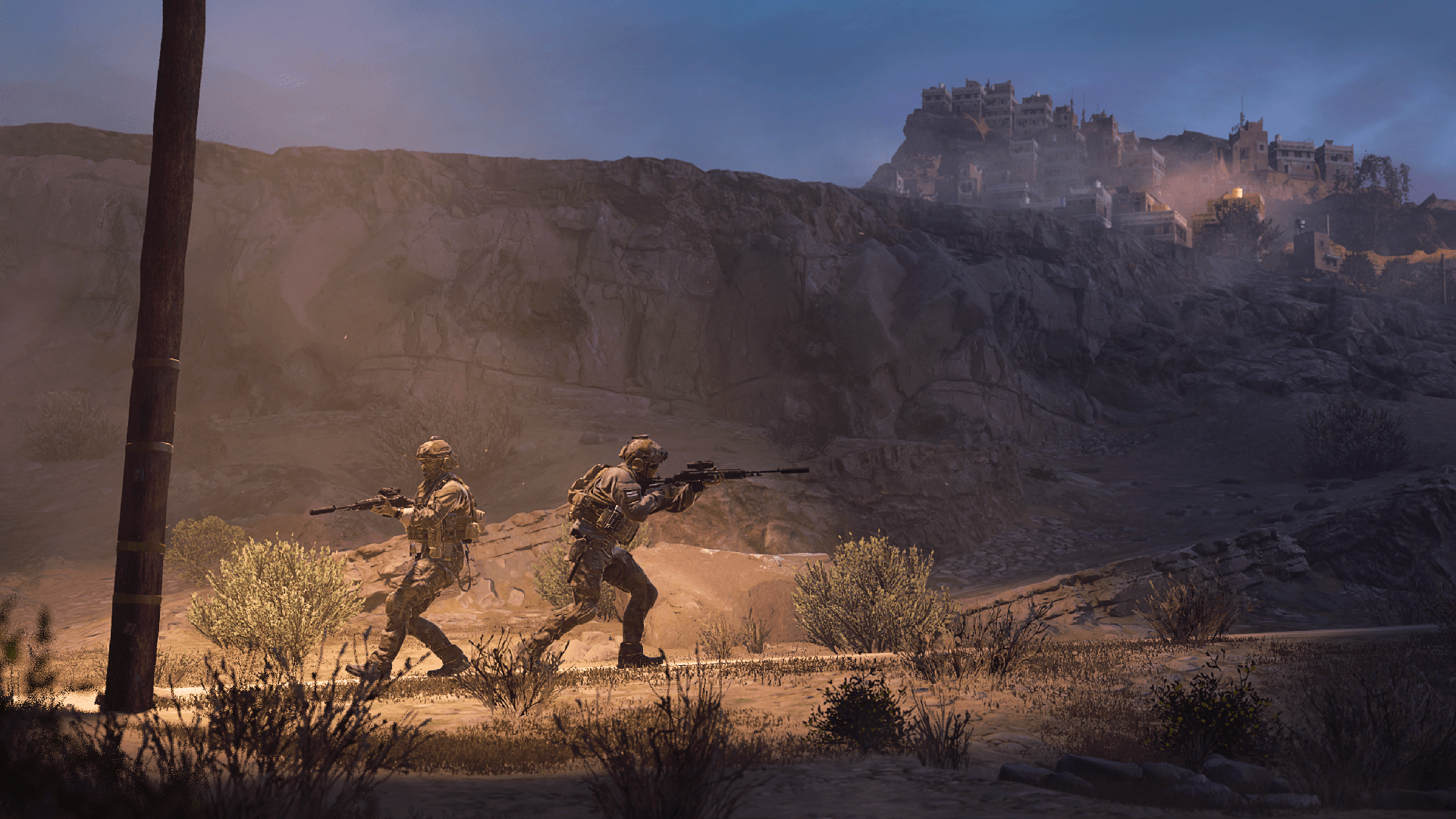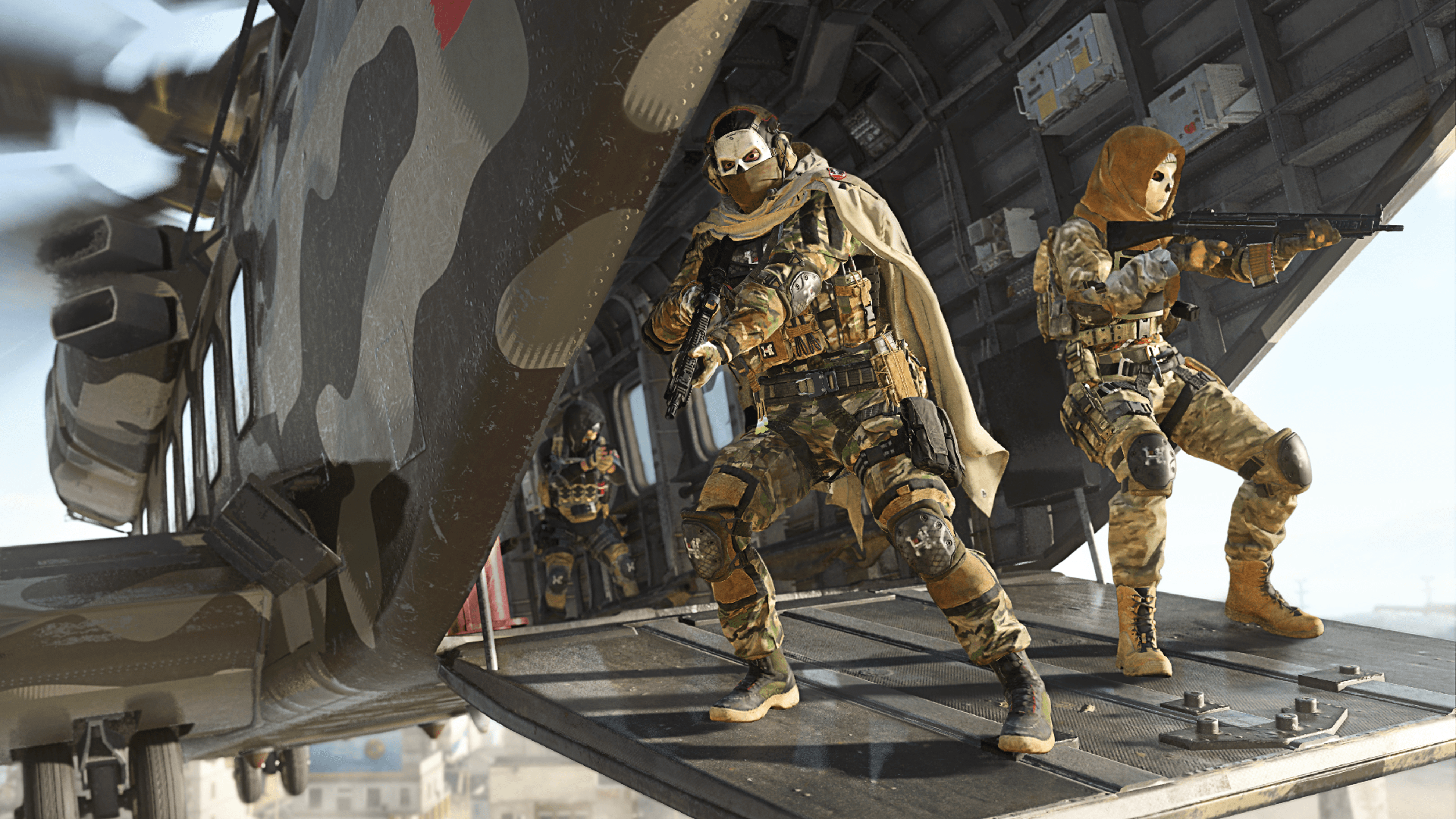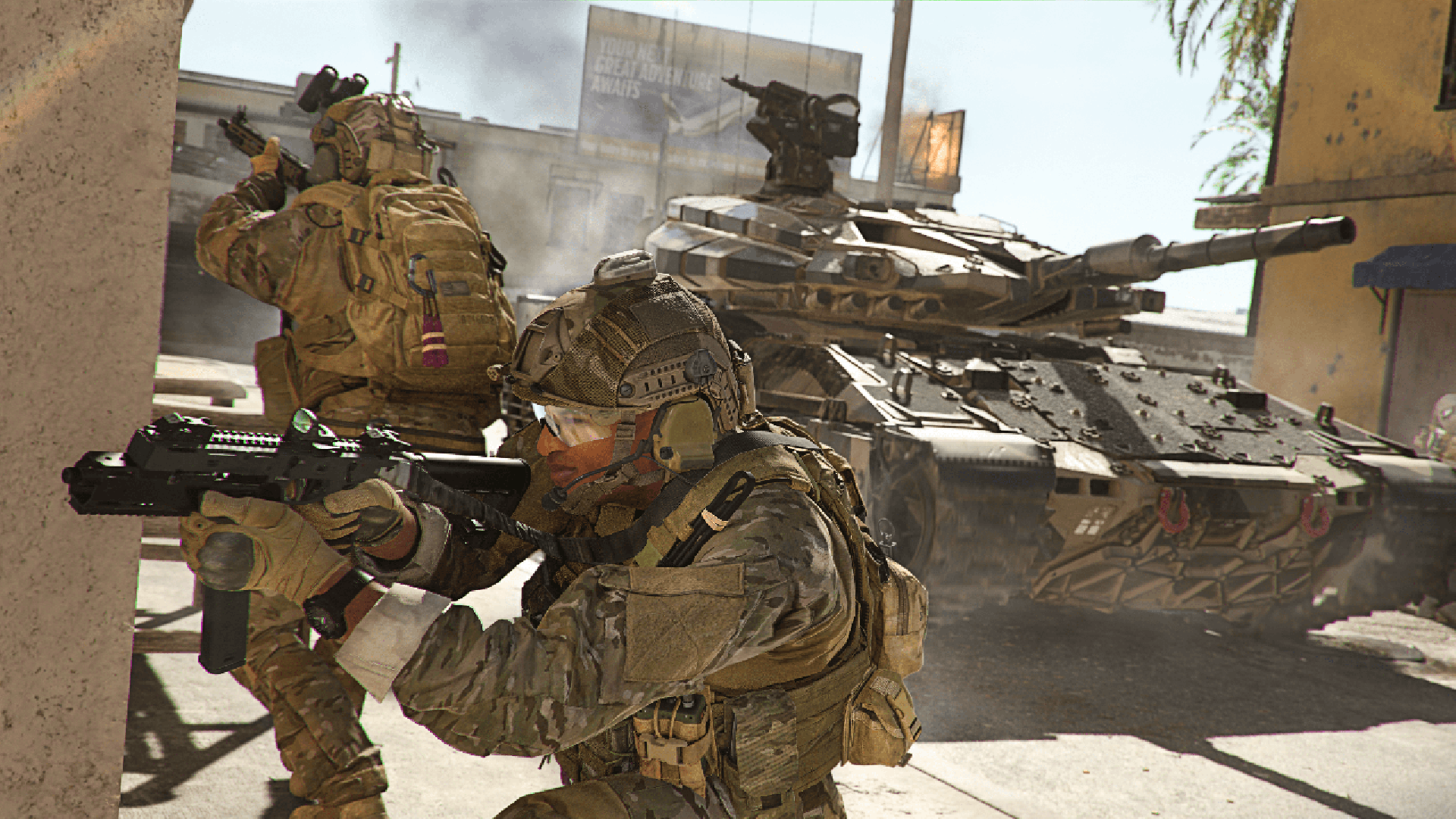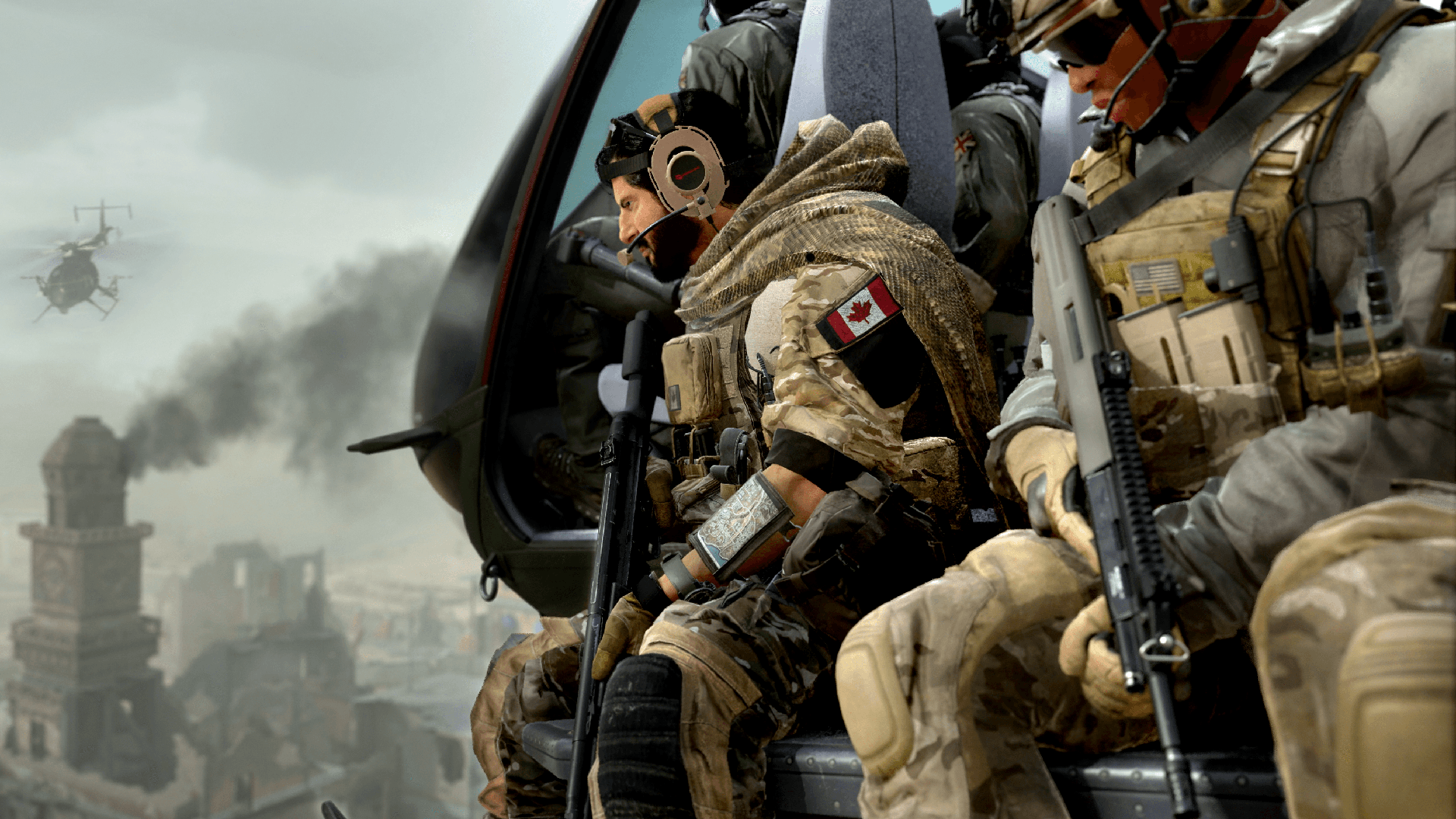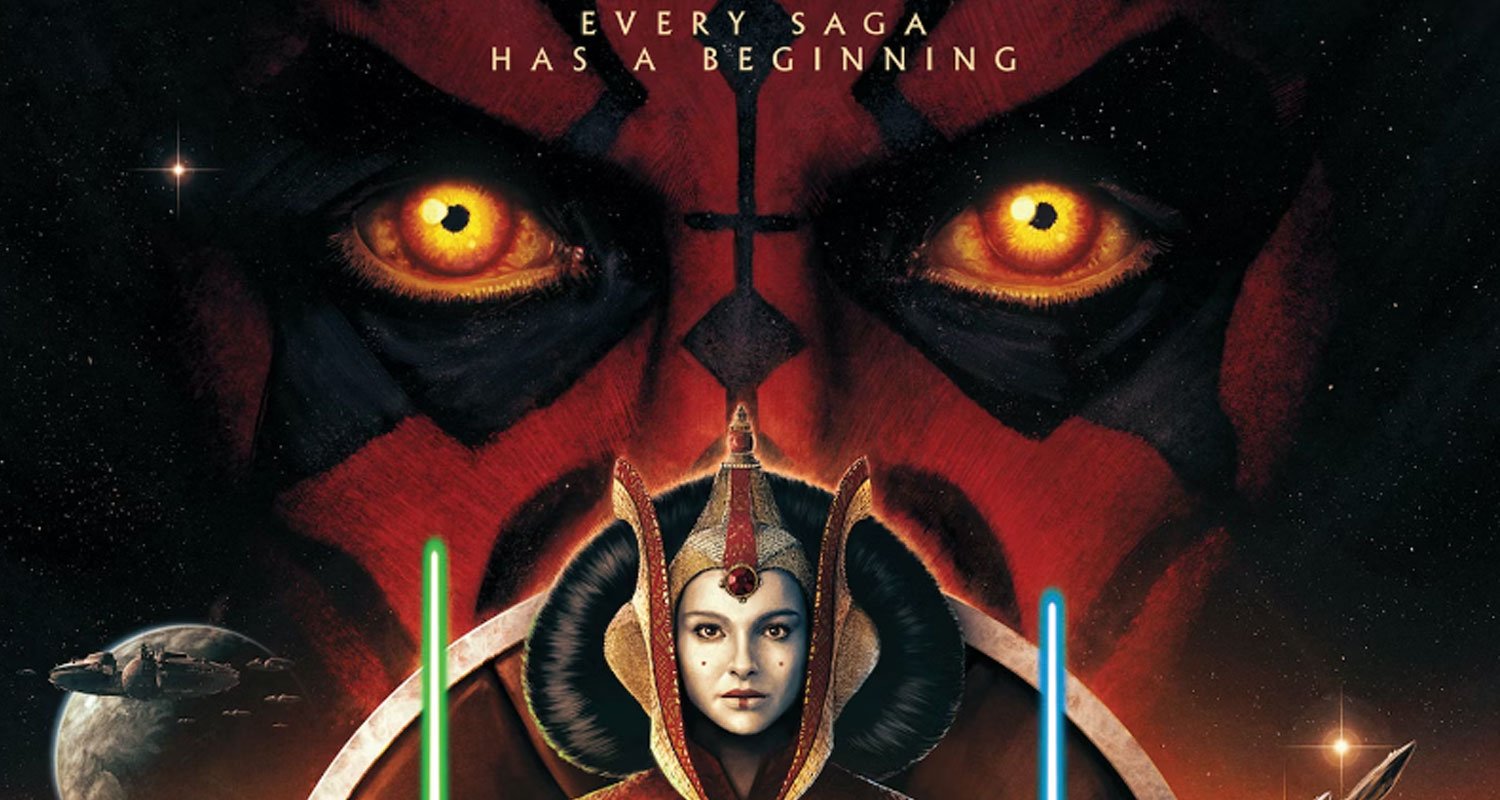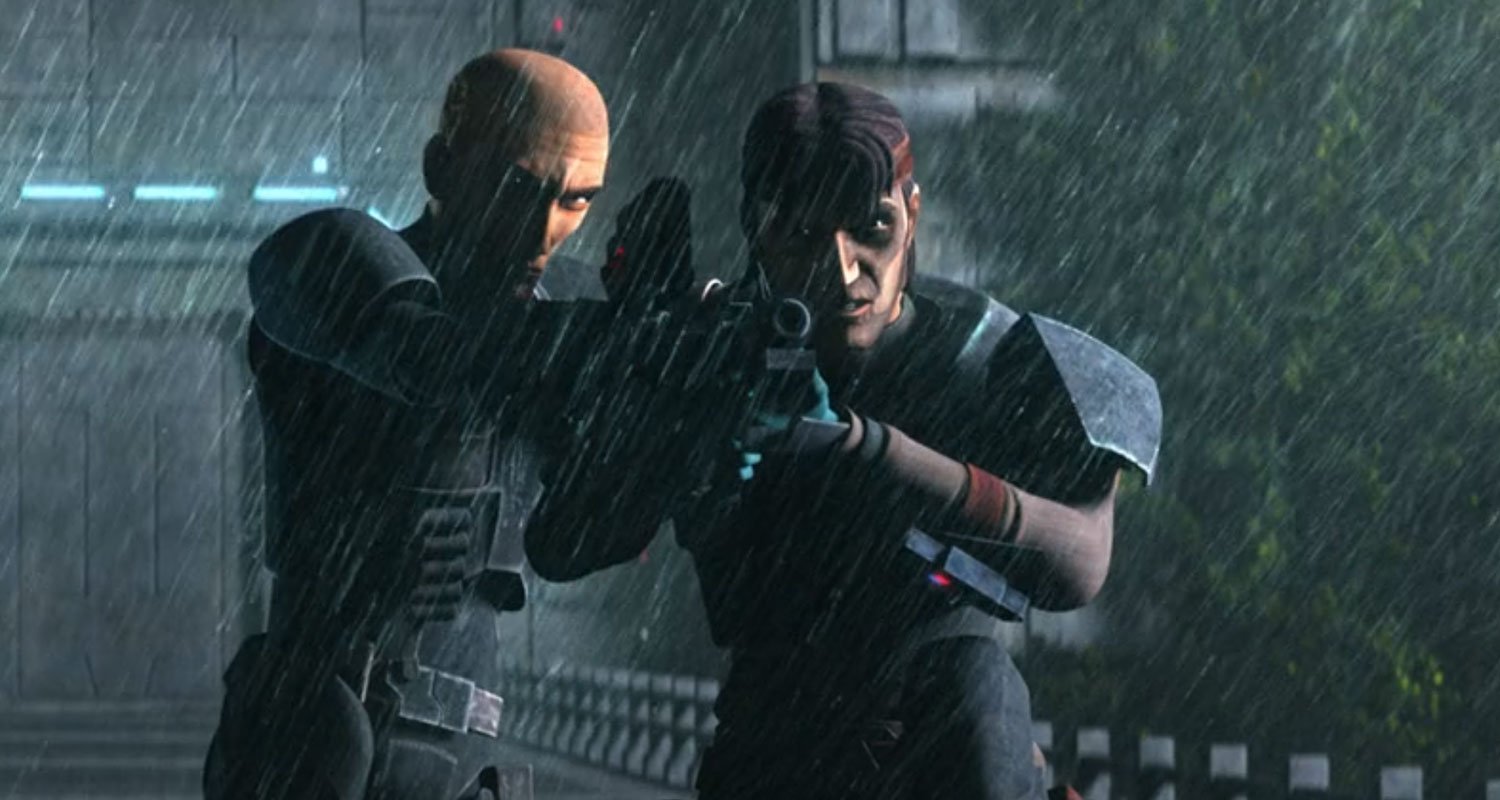‘Call of Duty: Modern Warfare II’ Review: Robust Tech and Future-Proof Multiplayer Rescue a Middling Campaign
The long-anticipated sequel to 2019’s Modern Warfare reboot is finally here, promising to usher in a new era of Call of Duty. While it succeeds in most scenarios, there are some rough spots worth commenting on.
Infinity Ward has once again risen to the top of the Call of Duty hierarchy, and the sole mention of Modern Warfare triggers a primal response in many gamers’ brains at this point. This saga was, after all, what solidified the current CoD-dominated landscape of military shooters with its many innovations back in 2007. Expectations for its 2019 reboot were high, and it largely managed to meet them, pushing its reinvented storyline — which brought back fan-favorite characters — into a new current-day setting. Moreover, the multiplayer side of the game dared to take big steps forward without losing sight of the core formula that has made this franchise so enduring.
Modern Warfare II had to raise the bar once again after two continuist entries (Black Ops: Cold War and Vanguard) while honoring the original Modern Warfare 2, arguably one of the most loved Call of Duty installments ever. And of course, it had all the extra pressure of being developed almost entirely during the pandemic. Unsurprisingly, Infinity Ward and the (numerous) supporting studios have met the October 28 deadline diligently, and MWII mostly feels like the current-gen push the franchise had been waiting for since 2019.
This time around, the story campaign stumbles to the finish line and ends up acting mostly like filler after Modern Warfare‘s exciting final tease, which was oddly resolved through narrative events across Warzone (the CoD battle royale) seasons; while I applauded the original decision to place some (transitory) storytelling on Warzone, the decision to waste entire characters and story beats with tons of potential there — where most players don’t care — feels baffling.
Instead, Modern Warfare II beelines between the war on narcos and the war on terror, exploring how both menaces might be connected and exploit the cracks of seemingly secure systems, which is a profoundly interesting frame for the saga. It’s a murkier, slower-paced ride that puts influences such as the Sicario films over the bombastic military extravaganza we’re used to (though plenty of that DNA remains present). Sarah Schachner’s original score also goes for a more somber and tenser vibe — she’s quickly becoming on my favorite game and film composers after her work on Call of Duty, Assassin’s Creed, and Prey.
Sadly, after a strong first act, the plot loses momentum and wanders around in circles for too long before recovering focus and breaching into a by-the-numbers two-level finale that plays out like a less inspired version of events we have experienced before; the final mission specifically reminded me of one of Call of Duty: Ghosts‘ (a largely underwhelming entry) best sections, but here it resulted in a “wait, that’s it?” feeling once the final cutscene started playing. I want to be, however, very excited for what comes next. But who knows whether they’ll burn through that promise before Modern Warfare III arrives as the storyline expands in Warzone 2.0 (coming out next month).
When it comes to characters, Modern Warfare II is a marked improvement over the last two CoD entries and soars even higher than its predecessor. And that might be the saving grace of its story. Fan-favorites Task Force 141 operators Ghost and Soap come off as way more interesting than they ever were in the OG trilogy, taking lots of weight off Price and Gaz and solidifying the ensemble; Kate Laswell more hands-on presence is much welcomed; and newcomers such as Alejandro Vargas and Phillip Graves add a different kind of spice to the mix. On the other hand, Claudia Doumit’s Farah Karim is criminally underused here after a franchise-high performance in Modern Warfare — since her resume hasn’t been too packed besides her major presence in Amazon’s The Boys series, I was left scratching my head after her meager one-mission part.
Infinity Ward and Activision also made a big deal out of the new mechanics and mission structures brought forth by the new iteration of the IW engine. They’re cool, intuitive, and give players more freedom over their movements and more tools to play with. In fact, some of the more open-ended missions took me by surprise, but the novelty wears off several times well before the levels are finished. While I hope much of this refreshed philosophy sticks around for future CoD campaigns, way too much weight has been placed on systems that feel secondary at best and should’ve worked in tandem with the script-based sequences the franchise is known for. Throwing a The Last of Us-like crafting and stealth system into a regular CoD experience might work for a few minutes — same goes for freely jumping between trucks a la Uncharted — but whole levels built around such ideas don’t really work as the overarching design is tied to a different kind of experience.
Moving on to the multiplayer component of the game, which is the meat and potatoes of CoD, plenty has been said and written about the reworked Spec Ops experience. Modern Warfare (2019) already packed jumbo-sized co-op missions, but this iteration of the classic MW2 mode brings the player count down to a two-man team. As a result, these missions are much tighter and refined, almost resembling the more open-ended bits of the campaign at times. Each of the three currently available missions plays out in a unique way, and the plan is to keep adding new ones to the game as the (free) seasons of content pour in. While I doubt most players will care about these experiences past a first (and only) playthrough to unlock the operators tied to them, I think this version of Spec Ops captures many of the game’s strengths and rises far above its predecessor’s confusing chaos. Just be sure to bring a friend if you value your time.
Before discussing the traditional part of the multiplayer side of Modern Warfare II, I’d like to underline how many of the campaign’s more experimental bits are very obviously test runs not only for future installments, but also for the upcoming Warzone 2.0 and DMZ experiences (which will be free-to-play). In the same way Spec Ops makes great use of major chunks and mechanics of the campaign, I fully expect many of the awkward elements I mentioned before to play a huge role in those multiplayer offerings come November 16.
The core multiplayer experience is as packed as you’d expect, though the initial absence of smaller but highly successful modes like Gun Game and Gunfight is surprising. Likewise, a number of staple customization and progression features are missing for now, but this is a common occurrence of Call of Duty launches that is quickly fixed by the first few meaty updates. The abundance of small but annoying visual bugs and technical woes during the first weekend online must also be mentioned; while the core MWII multiplayer experience is rock-solid and more future-proof than ever, one can tell the pandemic has had an impact on its development, and sacrifices were made to meet the traditional pre-Christmas retail release date. However, everything related to sound (guns, ambient, footsteps…) feels way more refined here than it did in Modern Warfare despite some minor oddities.
Gunplay is also better and snappier overall — and that’s coming from very satisfying stuff in MW — while player movement incorporates all the novelties of the campaign with actions such as hanging (and shooting) from ledges or underwater combat. Whether those additions will see any significant use in competitive matches remains to be seen, but it’s nice to feel more “in control” than ever. The offer of equipment and kill/scorestreaks hasn’t seen much change (though new toys have been introduced), but weapon progression and perks have. Returning to the five-attachment model, weapon progression and customization is now tied to unlocking new guns through a platform-based system; if you level up a certain model enough, you’ll gain access to new weapons based on that real-life platform. It’s not a massive change, but I welcome anything that encourages experimentation and going through the vast arsenal instead of sticking to two-three guns because of the current meta.
The new perk system has diehard players having heated arguments, and with good reason: each class has four perks, two of them basic (always on), and the other two only kick in as the match progresses. It’s an interesting approach to an issue that has plagued Call of Duty for 15 years (ever since perks were first introduced), and another way to make the pacing of the showdowns feel more fluid and unpredictable, yet it adds another layer of balance to take care of to an already complex problem. On the positive side, the inclusion of pre-made, archetype-based perk loadouts is welcome for those who simply want to roll out with traditional class builds — I’ve found them very effective and synergetic so far.
Topping off the multiplayer content offered at launch, vehicle-laced Ground War makes a return with a more streamlined and less chaotic large-scale experience that, while still far away from the refined Battlefield formula, makes for a notable distraction from the more stressful and tighter modes at the center of Call of Duty. Invasion also joins the mix as an amped-up version of Team Deathmatch, with 40 players plus AI combatants facing off in the large-scale maps better used by Ground War; this one feels way blander and is far from addicting, but a number of small but precise tweaks could greatly improve it.
It’s also worth mentioning how superior Infinity Ward’s map design feels when compared to the three-lane slaughterhouses found in entries from Sledgehammer and Treyarch — those do have their following, but I always felt they were good for competitive, highly aggressive playstyles and little more. Verticality and alternate routes are much more common in Modern Warfare maps, encouraging and accommodating different playstyles in the same ways some pieces of equipment and perk sets (as well as the low TTK) do. This becomes especially obvious during third-person matches, a much welcome addition to the MP carte that drastically changes the pacing and overall feel of the game.
There isn’t much to say about the technical side of the game: Modern Warfare II looks absolutely stunning and performs surprisingly well across a vast range of hardware (including last-gen consoles within reasonable expectations), which explains why this iteration of the IW engine will serve as the basis for all upcoming CoD installments. While it might not look too different from the last few entries at first glance, the graphical improvements are obvious a few minutes in, and there’s a fluidity to animations and, more importantly, asset streaming that feels like the icing on a well-baked cake. I’ve been able to review the game on Xbox Series S and PS5, and while the latter performs as well as you’d expect (up to 4K, with super crisp visuals and high-end settings), I was blown away by the fidelity-performance ratio on Series S (a new console selling for under $300), which stays glued to the 60 FPS performance target in most instances and delivers about the same visuals, minus some draw distance cutbacks and resolution that “only” goes up to 1440p. Moreover, all next-gen systems offer an uncapped framerate option (for high-end screens) that can hit as high as 120 FPS at a lower resolution mark. And yes, cross-play and cross-progression haven’t gone anywhere and work as intended.
After two years of going through the motions with Treyarch and Sledgehammer’s (otherwise solid) entries, Modern Warfare II feels like a return to form where it matters most: the core multiplayer experience and the attempts to push the tech and systems forward in meaningful ways. Not everything design-wise clicks together just yet, and the campaign lacks punch and cohesion, but it’s not hard to see this installment — alongside Warzone 2.0 and DMZ — holding the fort until 2024 as Call of Duty is skipping one year for the first time since 2004.
Call of Duty: Modern Warfare II is now available on PC (Battle.net and Steam), PS4/5, and Xbox consoles.
Thanks to Activision and Step 3 for the Xbox review code. We also used a physical PS5 copy of our own for this review.
Francisco J. Ruiz is that guy who has watched Jurassic Park a thousand times and loves Star Wars. His hunger for movies is only matched by his love for video games. He graduated in English Studies from the University of Malaga, in Spain. As he keeps writing about what he enjoys (and doesn’t) for websites all over, he’s continuing his studies.

